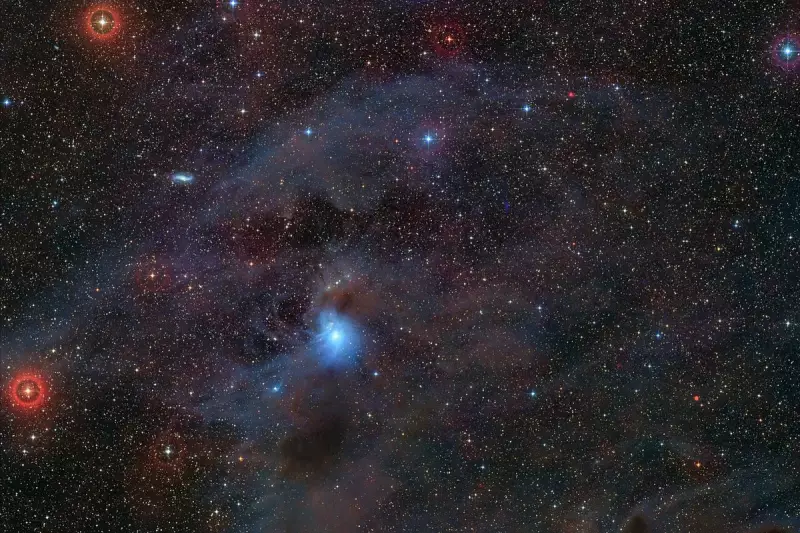
In a groundbreaking discovery that challenges conventional astronomy, scientists have identified a remarkable celestial body drifting alone through the vast emptiness of interstellar space. Designated CHA 1107-7626, this rogue planet exists in cosmic isolation, untethered to any parent star.
A World Without a Sun
Unlike the planets in our solar system that orbit the Sun, CHA 1107-7626 wanders freely through the galaxy as a solitary world. This extraordinary finding pushes the boundaries of what we understand about planetary formation and existence.
Characteristics of a Lonely Giant
Observations reveal that CHA 1107-7626 possesses its own unique properties despite its nomadic existence. The planet maintains atmospheric conditions and internal heat sources that allow it to sustain some form of planetary processes, even in the absence of stellar energy.
What Makes This Discovery Significant?
- Challenges planetary formation theories - how do such large objects form without a central star?
- Raises questions about solar system evolution - could our own system have ejected similar planets?
- Opens new possibilities for interstellar exploration - what other rogue worlds might exist between stars?
The Search for More Rogue Planets
Astronomers believe CHA 1107-7626 may not be alone. The discovery suggests there could be countless similar rogue planets drifting undetected throughout our galaxy, each representing a new class of celestial object that defies traditional categorization.
This finding not only expands our understanding of planetary diversity but also forces us to reconsider the very definition of what constitutes a planet and how such objects can form and survive in the harsh environment of interstellar space.





